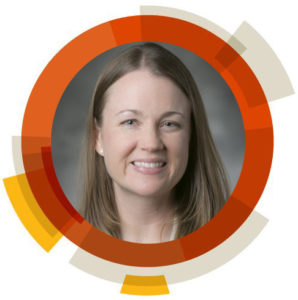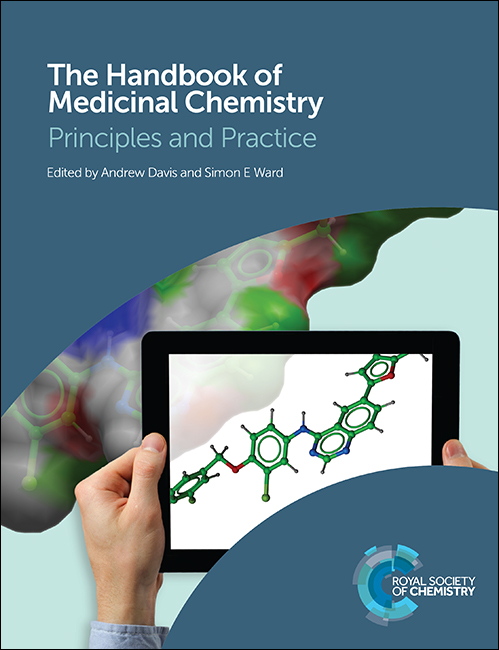We are pleased to welcome nominations for the 2022 RSC Medicinal Chemistry Emerging Investigator Lectureship. The Lectureship celebrates early career researchers who have made significant contributions in the fields of medicinal chemistry and drug discovery.
Nominations will close 8 October 2021.
The recipient of the lectureship will receive a contribution of up to £1000 towards speaking at a conference in 2022. We recognise many researchers’ travel plans for 2022 are uncertain, and are flexible in accommodating speaking engagements at digital conferences.
Eligibility
The lectureship is open to candidates who received their PhD in 2012 or later and who have made a significant contribution to medicinal chemistry in their early career, particularly if they have brought new ideas to drug discovery.
How you can nominate:
If you would like to nominate someone please email us (medchem-rsc@rsc.org) with the following details:
- Their name
- Their affiliation
- At least one paragraph explaining their achievements and why you think they should be considered
Additional supporting information, for example their CV, is very helpful in making a decision but is not mandatory for making a nomination.
Self-nominations are accepted but must be supported by a letter of support from your Head of Department or similar person at your institute.
Selection
All qualified nominations will be considered and a short-list of candidates with be selected based on the information provided at nomination. The RSC Medicinal Chemistry Editorial Board will then vote to select the recipient and the winner will be announced in spring 2022.
Past winners of the RSC Medicinal Chemistry Emerging Investigator Lectureship (previously named the MedChemComm Emerging Investigator Lectureship) include:
- Dr Jacob Bush (GSK and The Francis Crick Institute) – 2021
- Dr Chandradhish Ghosh (Max Planck Institute of Colloids and Interfaces) – 2020
- Dr. Amanda Hargrove (Duke University, USA) – 2019
- Dr. Gonçalo Bernardes (University of Cambridge, UK) – 2018
- Dr Laura H. Heitman (Leiden University, Netherlands) – 2017
- Dr Alessio Ciulli (University of Dundee, UK) – 2016
- Professor Richard Payne (University of Sydney, Australia) – 2015
- Professor Christian Heinis (École Polytechnique Fédérale de Lausanne, Switzerland) – 2013














